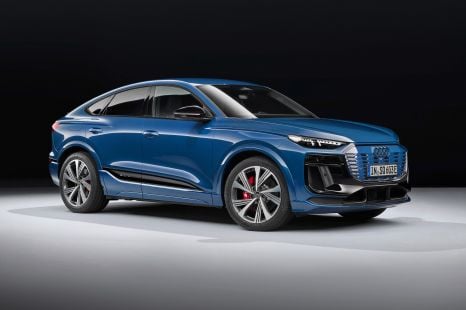

William Stopford
2026 Audi Q6 and SQ6 Sportback price and specs
6 Hours Ago
We finally get our first full look at the Toyota LandCruiser 300 Series, the first new LandCruiser in over a decade and the first generation that'll offer a hybrid.

News Editor
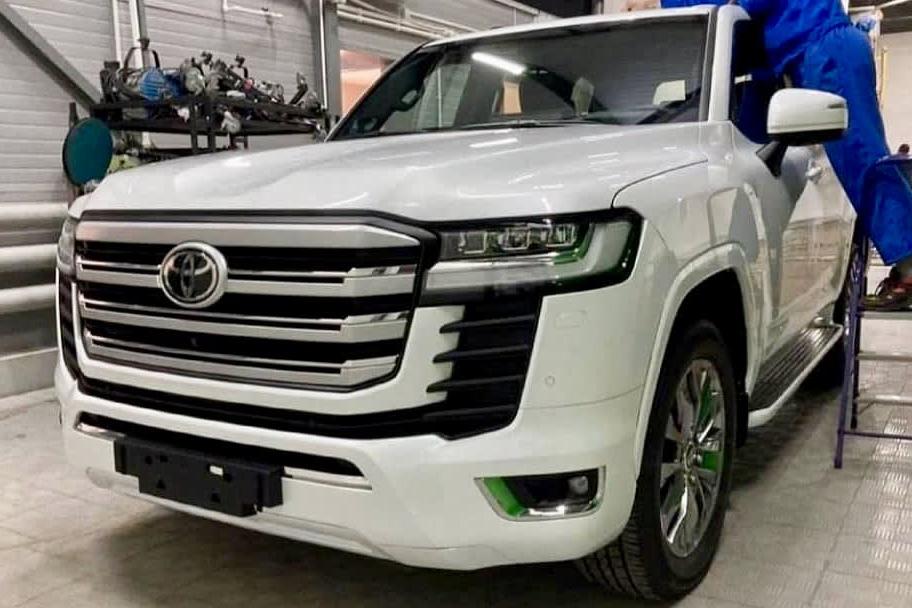

News Editor
Here it is! Say hello to the Toyota LandCruiser 300 Series.
Toyota has been tight-lipped about the much-anticipated LandCruiser 300 Series but there’s been an endless stream of leaks.
Now, we’ve gotten our first look at the new generation of flagship four-wheel drive in full thanks to a leaked photograph from what appears to be a Toyota facility published on multiple Facebook groups.
It reveals a body that’s an evolution of the current car, with a similarly pronounced grille and bluff sides.
Update, 6:50am 23/04/21: A further image of the LandCruiser has been posted on Cochespias. We’ve published the new image further down in the story. Update, 3:41pm 23/4/21:More images of the LandCruiser have appeared on Kurdistan Automotive Blog. They’ve been inserted into the story.

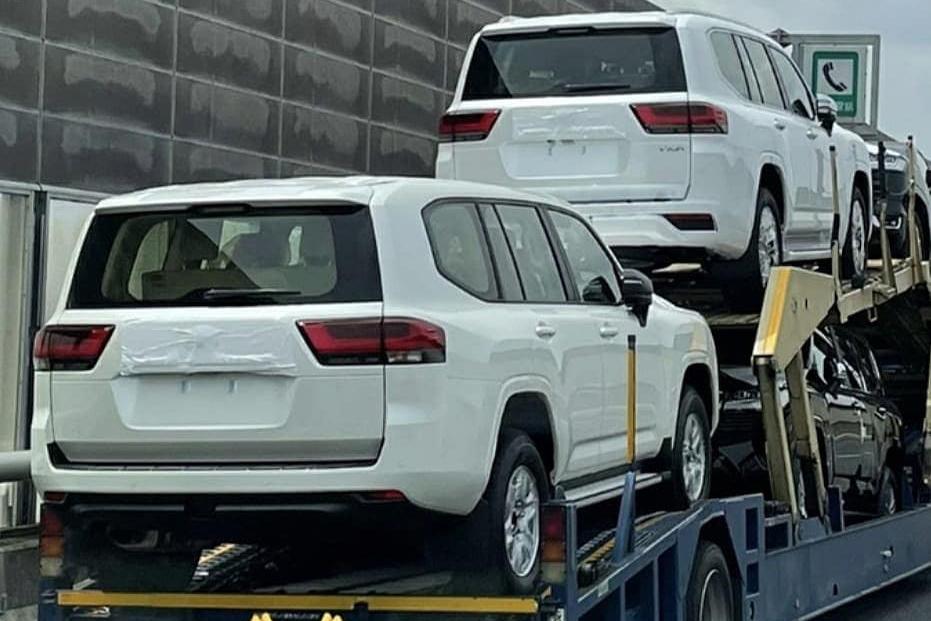
The new off-roader is a little more squared off than before, while there’s a sharper up-kick in the belt line aft of the C-pillar.
The foreground example features chrome-finish alloy wheels, which suggests it could be the range-topping Sahara.
Toyota still hasn’t officially confirmed a launch date or what engines the 300 Series will use, although it’s highly likely the current model’s twin-turbocharged V8 diesel will be no more.
We expect to see a debut of the 300 Series this year, though local launch timings have yet to be confirmed.
MORE: Toyota backs LandCruiser to succeed without V8
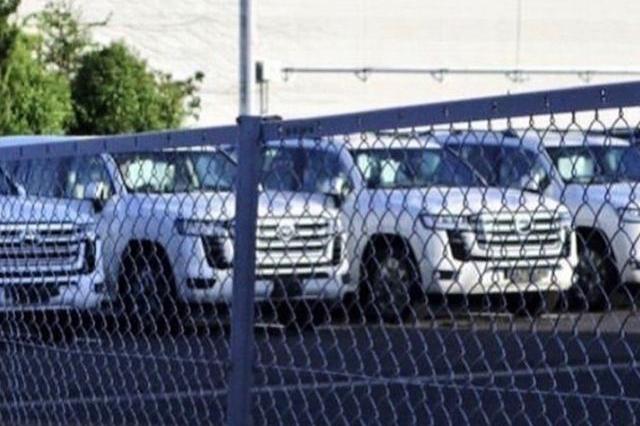
Overseas reports have indicated the new ‘Cruiser has been delayed slightly.
In January, a dealer source told BestCarWeb the product outline would be released in March, reservations would open in April, and it would be officially released in May.
The recent shortage of semiconductors has pushed out those timeframes, with Japanese reservations now reportedly set to open in May and deliveries beginning in August.
The most recent overseas report, from Japanese site Creative311, suggests it won’t launch initially with hybrid power as was originally thought. Instead, it’ll reportedly launch with one petrol and one diesel powertrain.
The diesel is said to be a 3.3-litre turbo-diesel six-cylinder engine producing 230kW of power and 687Nm of torque, mated to a 10-speed automatic transmission.
Unlike previous overseas reports, Creative311 says the engine isn’t a four-cylinder mill, nor is it an inline-six being developed by Mazda and shared with Toyota.
The petrol engine is a 3.5-litre twin-turbocharged V6 producing 313kW of power and 589Nm of torque, also mated to a 10-speed automatic transmission.

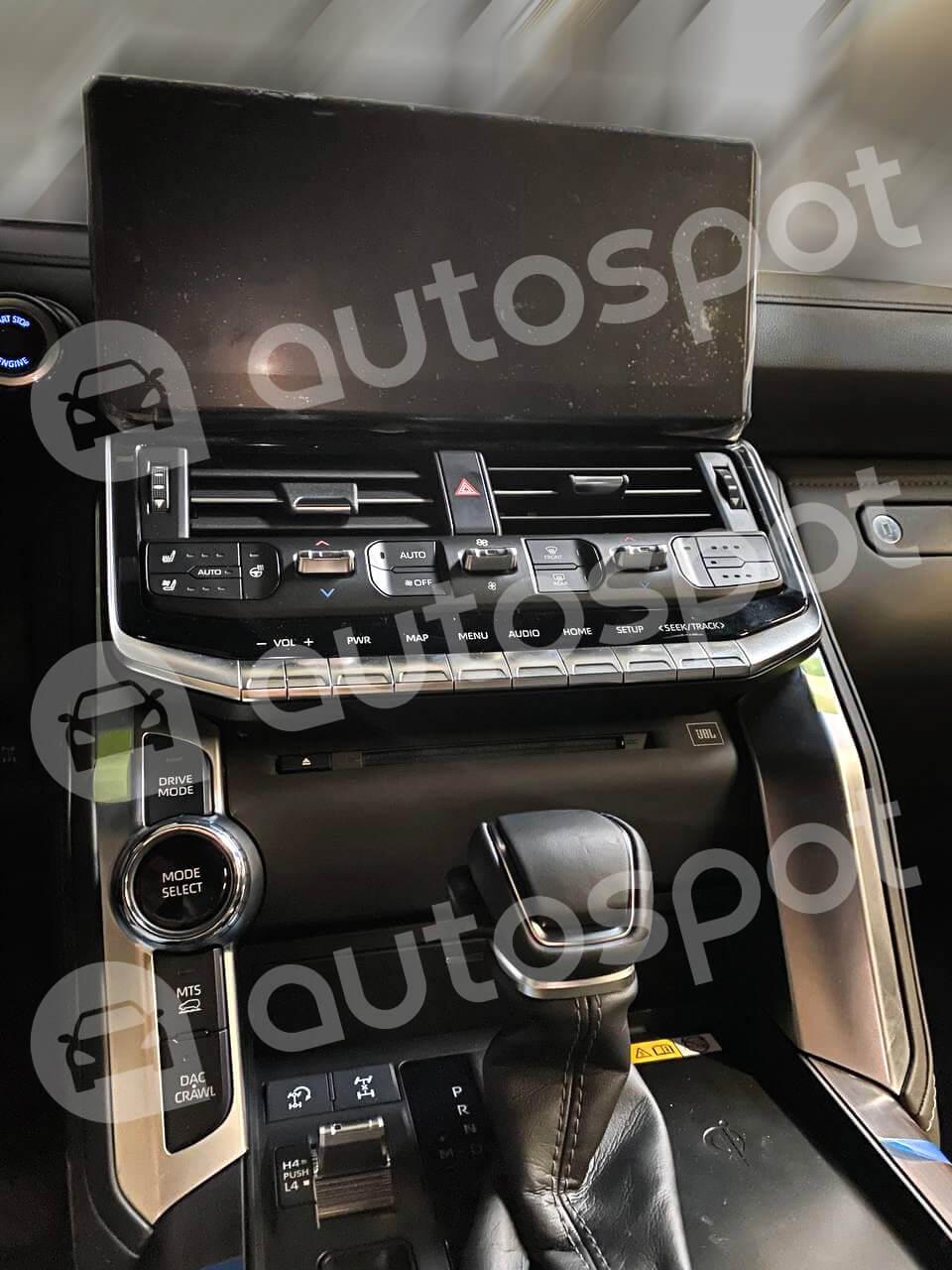
The twin-turbo V6 is reportedly a version of the Lexus LS500’s engine.
A hybrid 3.5-litre V6 will follow in 2022 or later, and may be a version of the LS500h’s powertrain.
The 300 Series will reportedly be the first LandCruiser to feature a GR Sport, which will be styled more as an off-road bruiser than boulevard cruiser.
It’s said to feature large diameter tyres on 18-inch wheels and various off-road styling tweaks.
MORE: Toyota LandCruiser, Prado and HiLux hybrids confirmed
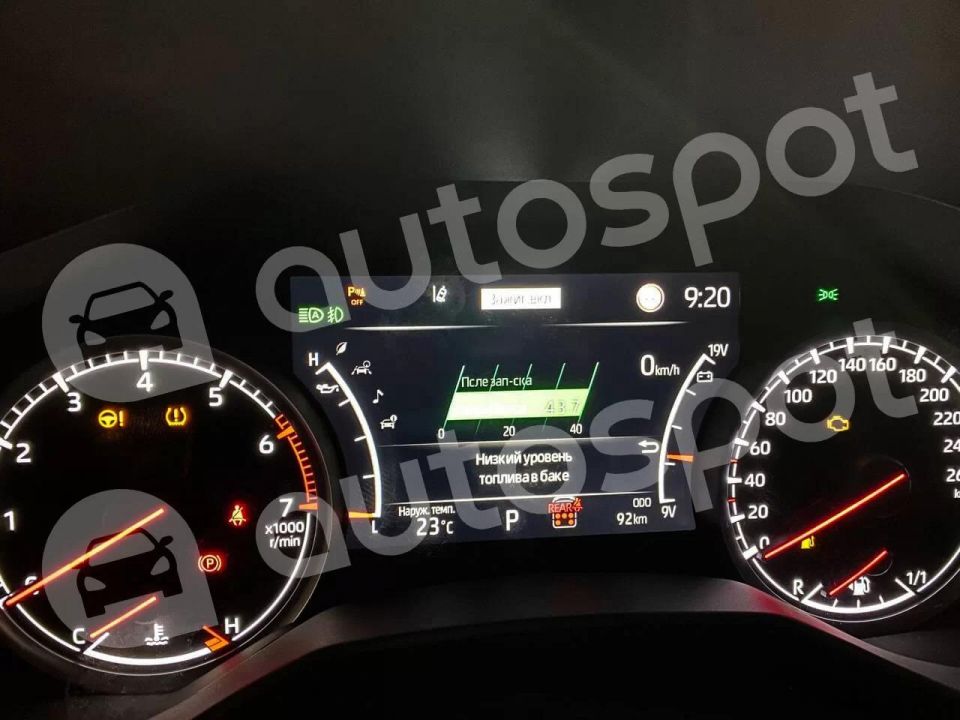
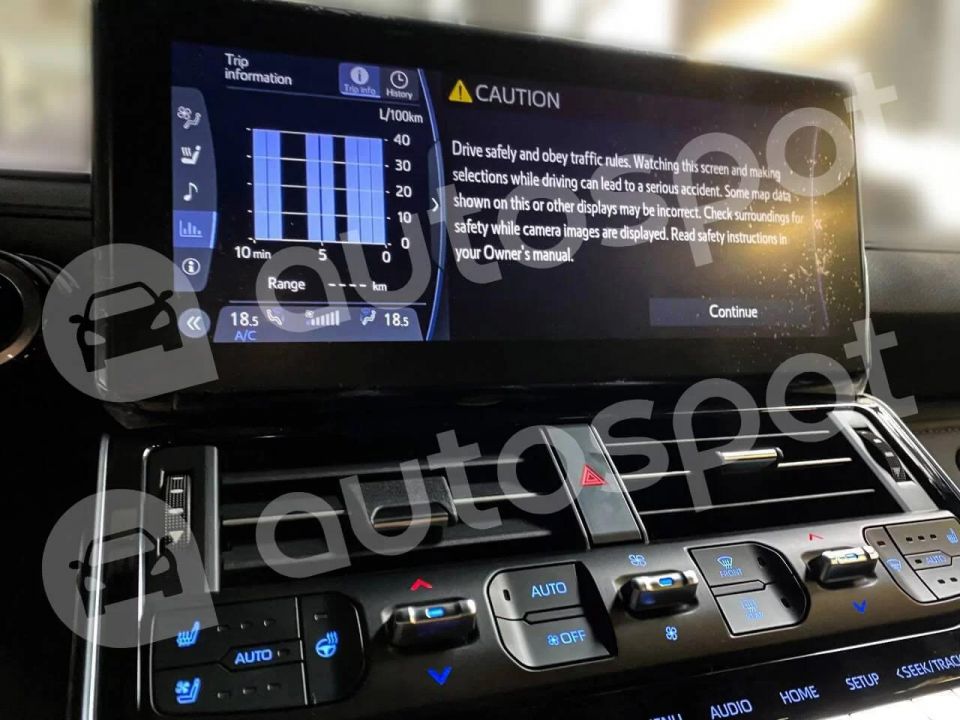
The new LandCruiser should see a significant upgrade in terms of safety equipment, with reports indicating the entire model range will come standard with Toyota’s Safety Sense suite of active safety technology.
That means standard equipment should include autonomous emergency braking, adaptive cruise control and lane-departure warning.
Creative311 also reports blind-spot monitoring and a surround-view camera will be standard across the range, while up-spec models will add a 3D multi-terrain monitor and fingerprint detection to start the car.
Touchscreens will measure 9.0 or 12.3 inches.

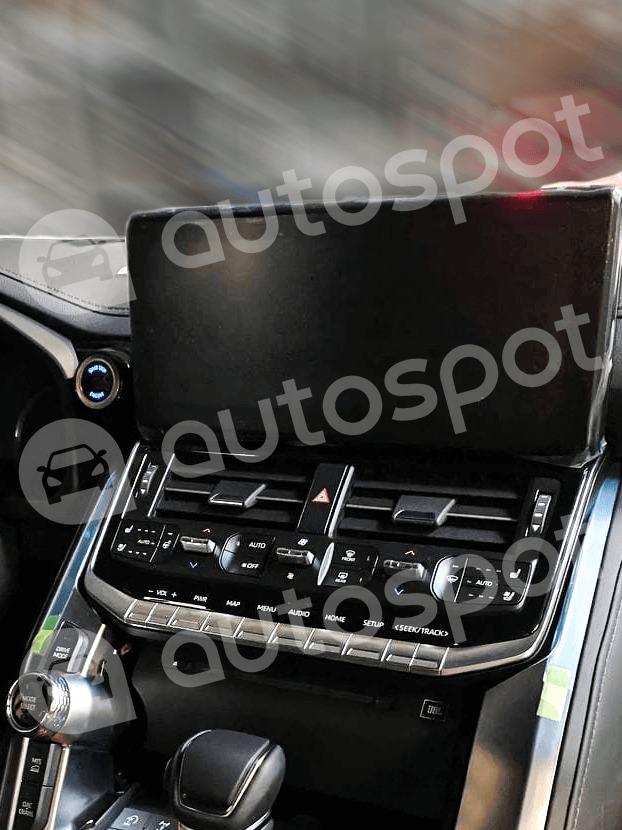
Leaks earlier this year gave us a close look of the centre stack in what appears to be range-topping Sahara guise, with heated and ventilated seat controls located just below the touchscreen and a row of hard buttons below those for the sound system.
There are also new features like a heated steering wheel and a Qi wireless charging pad on the centre console, as well as a larger screen within the instrument cluster flanked by analogue gauges.
The LandCruiser 300 Series will also add an automatic stop/start system.
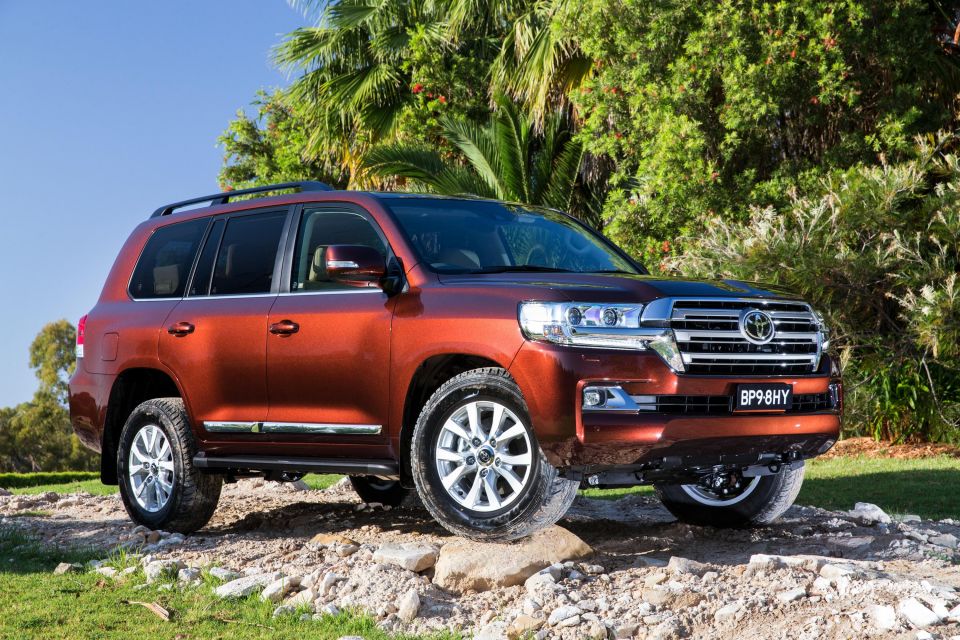
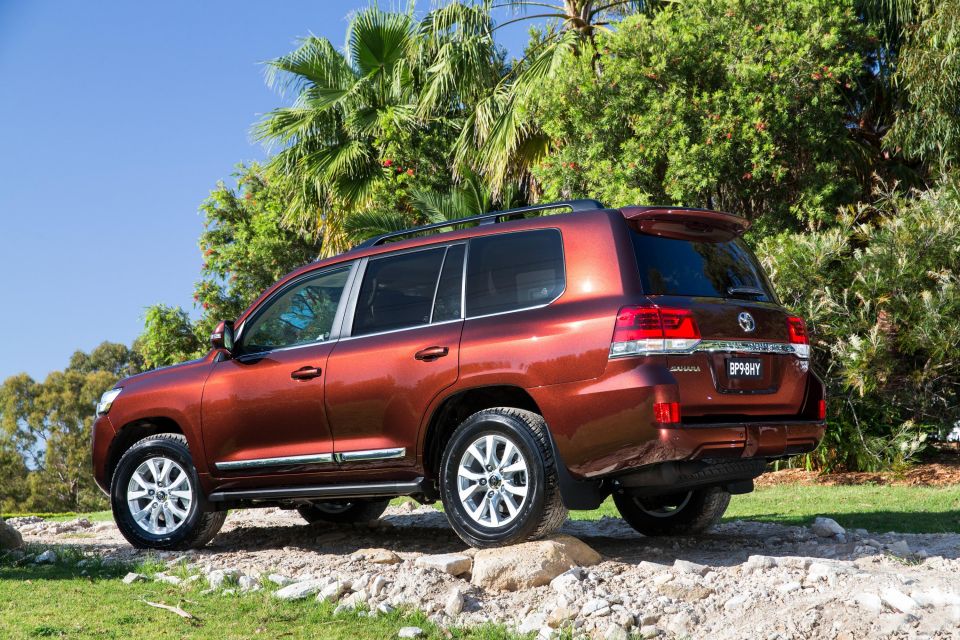
The new diesel six is set to replace the current car’s 4.5-litre twin-turbo diesel V8 engine, which produces 200kW of power and 650Nm of torque.
The twin-turbo V6 petrol replaces the naturally-aspirated 5.7-litre V8 offered in markets like the US, though the 4.0-litre V6 offered in some markets is expected to continue.
Where expert car reviews meet expert car buying – CarExpert gives you trusted advice, personalised service and real savings on your next new car.
William Stopford is an automotive journalist with a passion for mainstream cars, automotive history and overseas auto markets.


William Stopford
6 Hours Ago
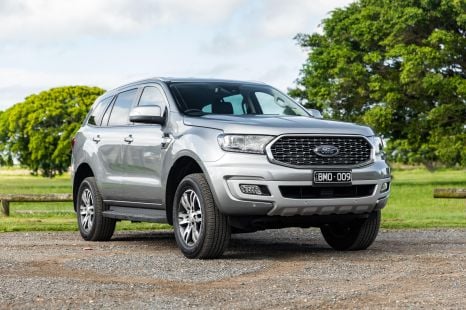

William Stopford
2 Days Ago
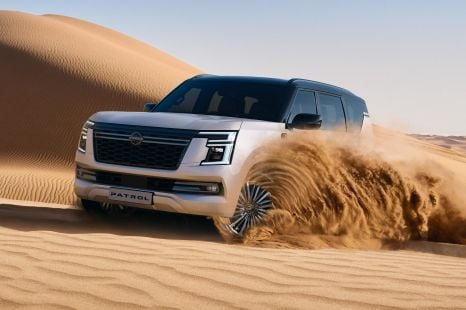

James Wong
5 Days Ago
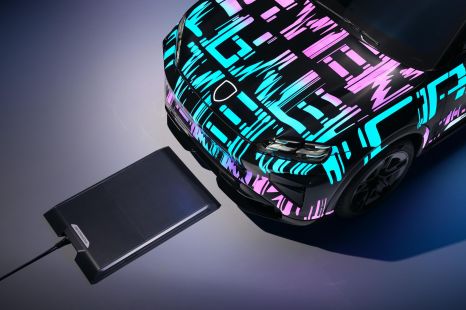

Derek Fung
9 Days Ago
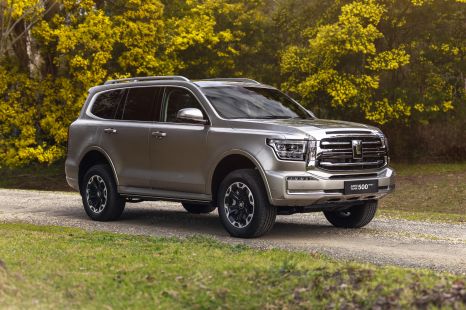

William Stopford
11 Days Ago
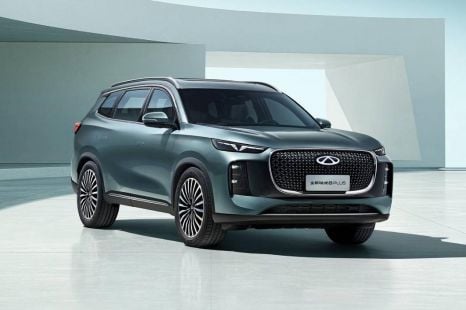

William Stopford
17 Days Ago